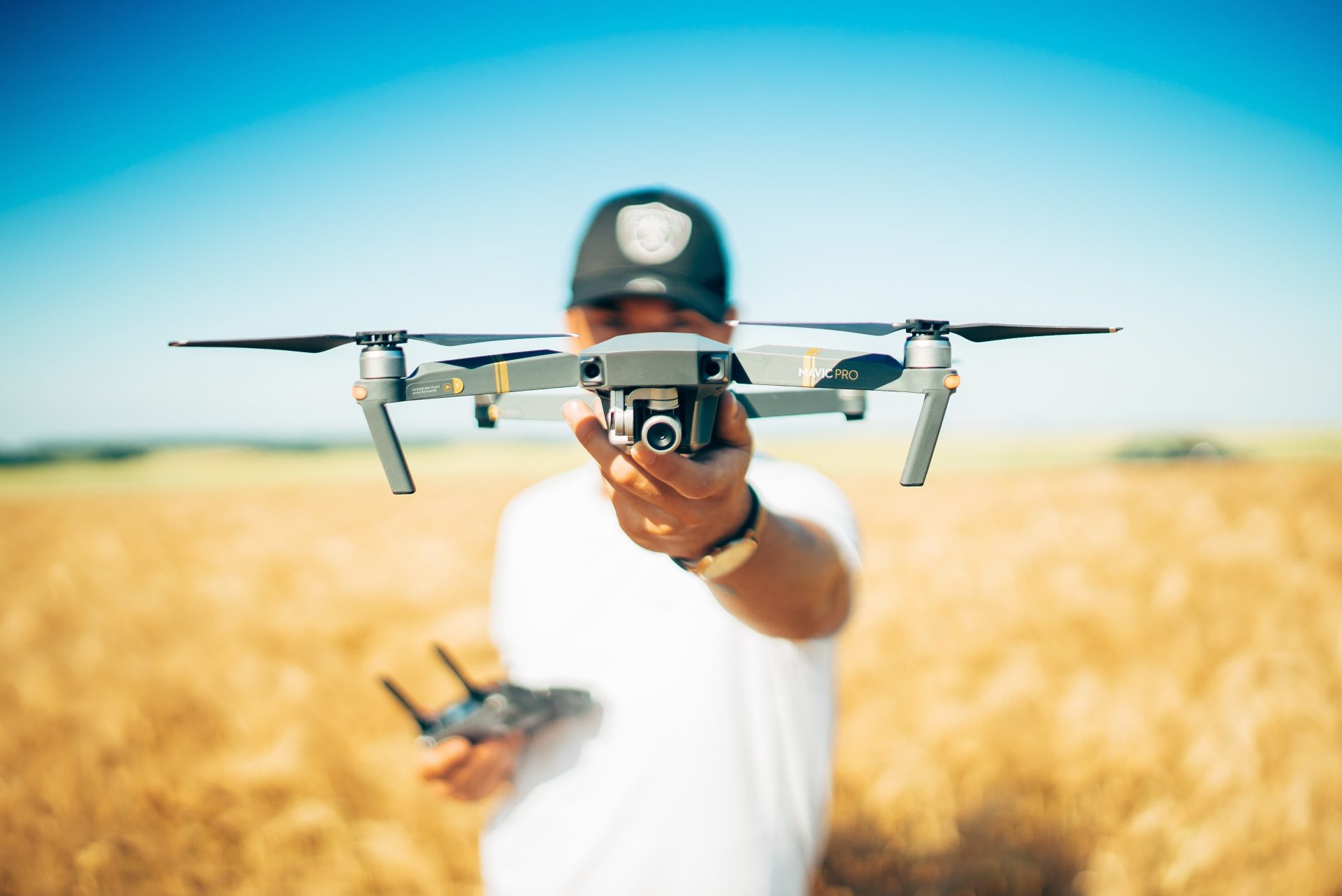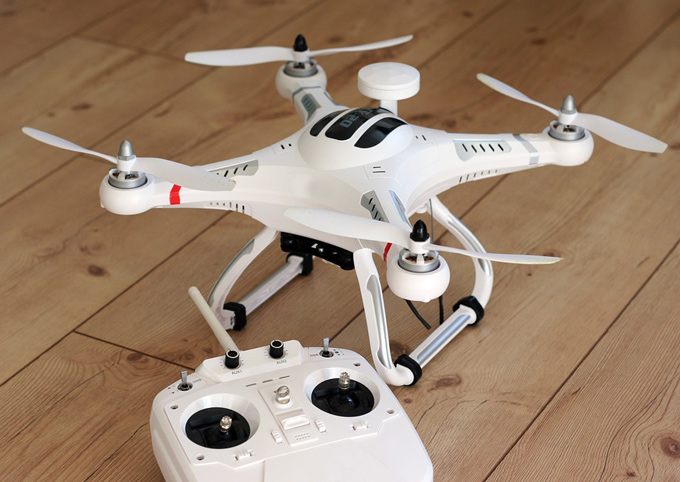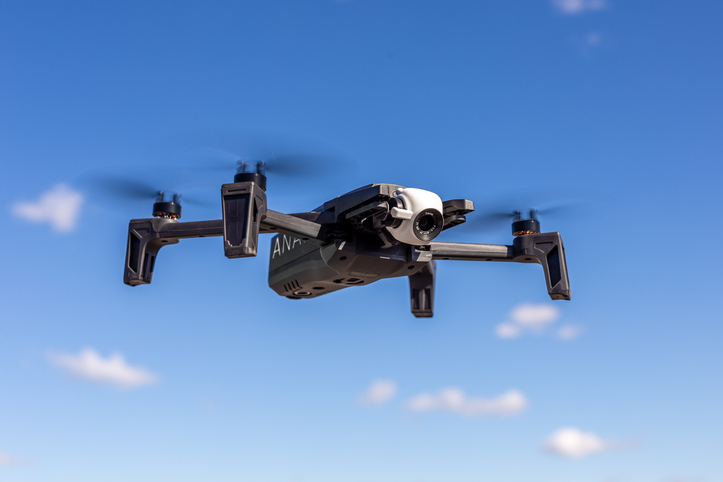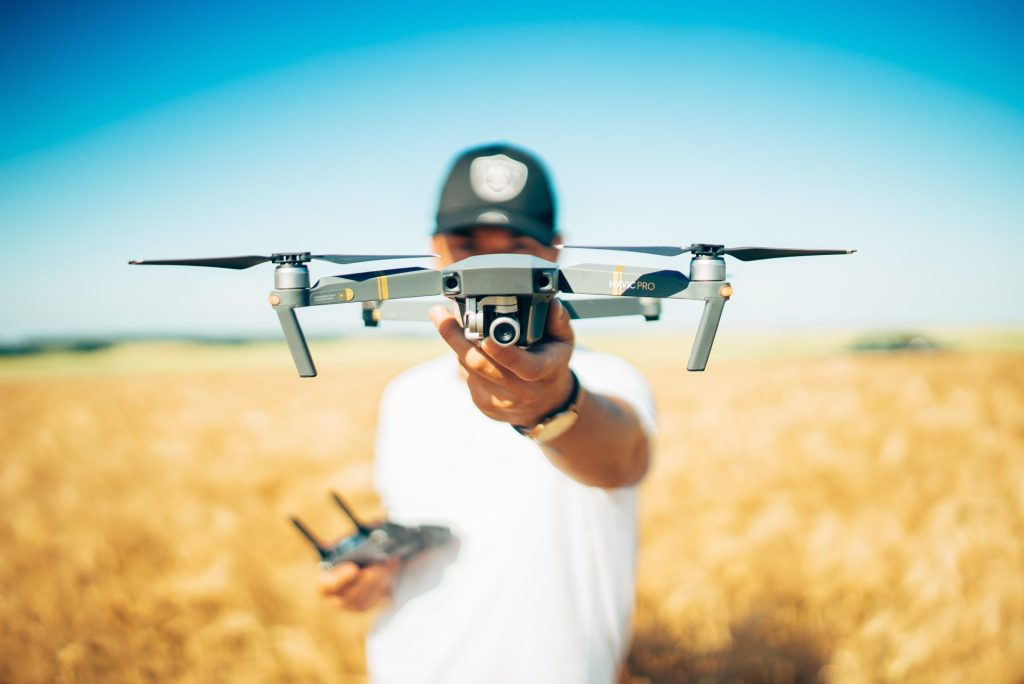Physical Address
304 North Cardinal St.
Dorchester Center, MA 02124
Physical Address
304 North Cardinal St.
Dorchester Center, MA 02124


This post may contain affiliate links. As an Amazon Associate, we may earn commissions from qualifying purchases.
In the world of technology and gadgets, you’ve likely encountered the term “drone,” but what exactly does it mean? A drone is essentially an unmanned aerial vehicle (UAV) that can be remotely controlled or flown autonomously using software-controlled flight plans. These amazing devices vary in size and shape, from small recreational models you can fly in your backyard to large, sophisticated machines used in commercial and military applications. As you dive deeper into the fascinating world of drones, you’ll discover their wide range of uses, from capturing breathtaking aerial footage to delivering packages and beyond. Have you ever looked up at the sky and seen a small, buzzing object zipping around effortlessly? Maybe you’ve wondered, “What is that, and how does it work?” If so, you’re not alone. That object was likely a drone, and its technology is nothing short of fascinating.
A drone, in the most basic terms, is an unmanned aerial vehicle (UAV). It can fly autonomously or be controlled remotely, thanks to various advanced technologies like GPS, sensors, and controllers. Initially, drones were primarily used by the military, but now their applications have expanded to many fields, including agriculture, photography, and even package delivery. But let’s break down what makes up a drone and what it can do.
Understanding a drone’s components makes it easier to grasp how it operates. Generally speaking, a drone comprises several key parts:
| Component | Description |
|---|---|
| Frame | The skeleton of the drone, usually made of lightweight materials like carbon fiber. |
| Propulsion System | This includes motors and propellers that enable the drone to fly. |
| Battery | Provides the necessary power for the drone’s operation. |
| Flight Controller | Acts like the brain of the drone, integrating all components for smooth flight. |
| GPS Module | Enables the drone to determine its location and navigate to set coordinates. |
| Sensors | Includes gyroscopes, accelerometers, and even cameras to help with stabilization and data collection. |
| Remote Controller | Allows you to maneuver the drone from a distance. |
All these components work harmoniously to make sure your drone can take off, stay in the air, and land safely.
There isn’t a one-size-fits-all drone. Depending on your needs, you can choose from several categories:
| Type | Description |
|---|---|
| Consumer Drones | Ideal for photography and recreational purposes. |
| Commercial Drones | Used in agriculture, surveillance, and other professional applications. |
| Racing Drones | Built for speed and agility, perfect for competitions. |
| Toy Drones | Small, affordable, and great for beginners or children. |
| Military Drones | Advanced, highly specialized drones used for surveillance and combat. |
Each type of drone has unique features tailored for specific functions. For instance, commercial drones may have advanced sensors, while racing drones are designed for speed and maneuverability.
It’s amazing to think that a small device can independently maintain flight. The magic behind this is an intricate dance of physics and technology. Here’s a closer look:
Drones fly by using rotors (propellers attached to motors) to create lift. When the motors spin the propellers, they push air downwards, which in turn pushes the drone upwards. This is governed by Newton’s Third Law of Motion.
A drone’s flight controller uses gyroscopes and accelerometers to keep it stable. The GPS module helps to navigate and hold positions, making it easier for you to control or for the drone to follow pre-set coordinates.
Your remote controller (or sometimes a smartphone app) serves as the primary interface through which you command your drone. It sends signals to the flight controller, telling it what maneuvers to perform.
Drones are not just buzzwords in the tech industry. They have real-world applications that span a variety of sectors. Here are some common uses:
One of the most popular applications, drones offer unique aerial perspectives that traditional cameras cannot. Whether it’s stunning landscape shots or cinematic video footage, drones make it easier.
Farmers use drones to monitor crop health, survey fields, and even spray pesticides. This has revolutionized modern agriculture by making it more efficient and data-driven.
Companies like Amazon and Google are exploring the use of drones to deliver packages. Imagine receiving your order within minutes of purchasing it online!
Drones are invaluable in search and rescue missions, as they can quickly cover large areas and access hard-to-reach locations. They’re also used in disaster management to assess damage and aid in relief efforts.
Drones equipped with specialized cameras and sensors can create detailed maps and 3D models of terrains. This is particularly useful in construction, real estate, and land surveying.
With great power comes great responsibility. The rise of drones has also sparked concerns over privacy, safety, and ethical issues.
Because drones can easily capture images and videos, they can be intrusive. Laws have been put in place to ensure that drones are not used to invade people’s privacy.
Flying a drone near airports or crowded areas can be dangerous. Regulations often require you to adhere to no-fly zones and altitude limits to mitigate risks.
Military drones, or “combat drones,” can execute missions without putting soldiers in harm’s way. However, the ethical implications of autonomous weaponry are subjects of intense debate.
What does the future hold for drones? While it’s difficult to predict precisely, there are several exciting avenues:
Future drones will likely possess even more advanced AI capabilities, making them fully autonomous. This will open up new possibilities in various fields.
Imagine a world where drones transport people within cities, effectively cutting down on traffic congestion. This isn’t purely science fiction—companies are investing heavily in this technology.
Future drones will likely come equipped with better collision avoidance systems, making them safer to operate even in congested spaces.

If you’re intrigued and ready to explore the world of drones, here are some steps to help you get started:
Understand your purpose and skill level. Are you a beginner? A toy drone or a basic consumer model might be a good start. Looking to get into aerial photography? Opt for a higher-end consumer drone with a good camera.
Before you take off, it’s crucial to understand the basic controls. Familiarize yourself with the joystick functions and the different modes available (like GPS mode, manual, or sport mode).
Always read the user manual and understand the legal regulations in your area before flying your drone. This ensures that you’re not breaking any laws and that you’re keeping yourself and others safe.
Keeping your drone in good working condition is essential for its longevity. Regularly check the propellers, battery, and other components for any wear and tear.
There are various online and offline communities where drone enthusiasts gather to share tips, tricks, and experiences. Joining one can be highly rewarding and educational.

Drones are not merely tech gadgets—they have become indispensable tools in various fields, from agriculture to emergency services, and from filmmaking to logistics. With their ever-growing capabilities and applications, drones are here to stay, making our lives easier and more innovative.
Now that you’re familiar with what drones are, how they work, and their myriad of applications, the sky’s the limit! So why not take your curiosity a step further and dive into the world of drones? Happy flying!
